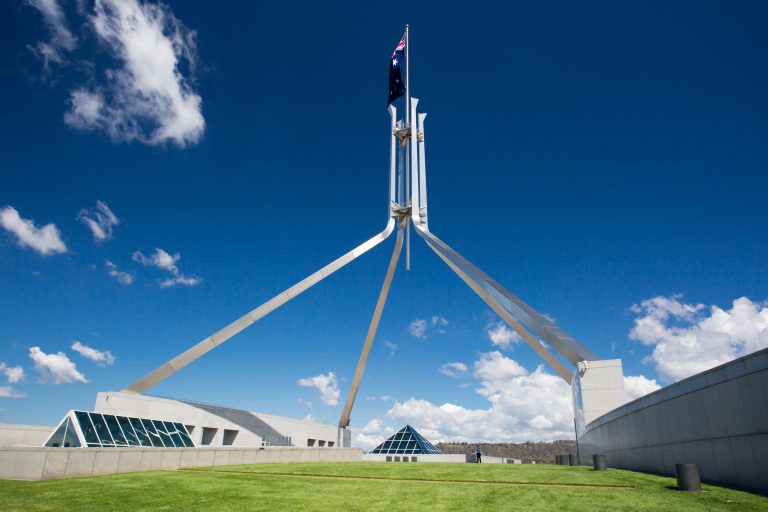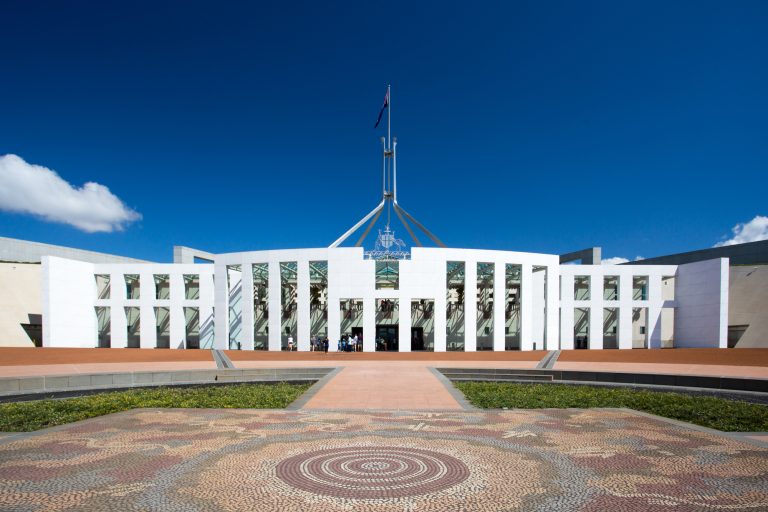Quarterly Economic Update: Jul – Sep 2023
Australia’s annual inflation rate has taken an unexpected step up, increasing pressure on the Reserve Bank to push interest rates higher and once again raising the prospect that Australia will…

Australia’s annual inflation rate has taken an unexpected step up, increasing pressure on the Reserve Bank to push interest rates higher and once again raising the prospect that Australia will…

Lady Luck has once again looked down fondly upon Australia, creating the first Federal Budget surplus in 15 years, through a higher tax take on record export earnings and increasing…

The Federal Government has delivered a big-spending 2022 budget, taking immediate steps to reduce cost of living pressures for working Australians while implementing a range of massive infrastructure and defence…
End of content
End of content